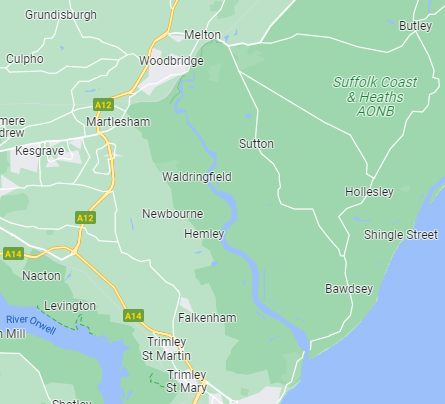By Sally Westwood
Martlesham Wilds Bill Board.
I popped along in the car, the day before my arranged walk with Suffolk Wildlife Trust’s meeting point for the Martlesham Wilds walk, at the car park for St Mary’s Church, in Martlesham. I scanned the field to the right of the car park and spotted four Curlews, two at the edge of the field, and two more in the centre of the field. I could see a pair of Geese in the distance, in the same field but could not identify them without my binoculars. This looked promising. Curlews were in residence, feeding near Martlesham Wilds. It was farmland, a stone’s throw from the River Deben. Continue reading









